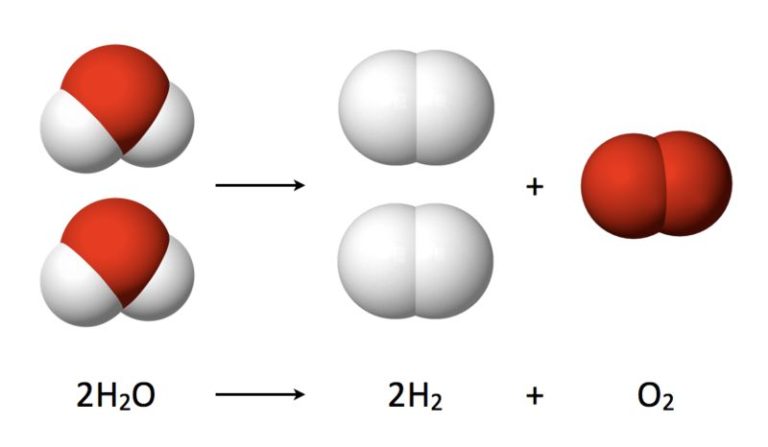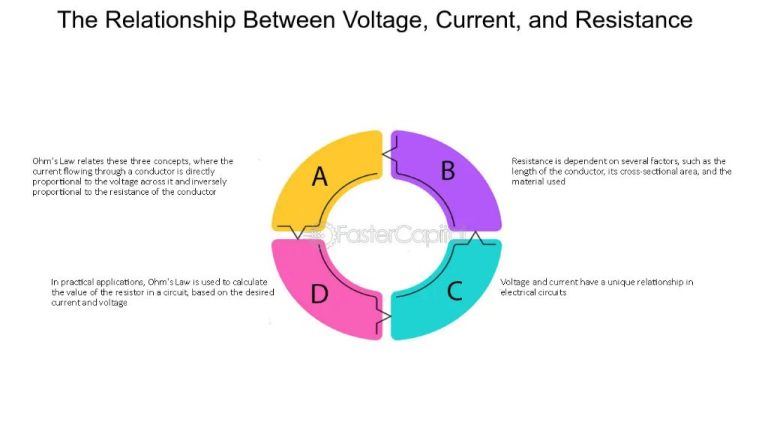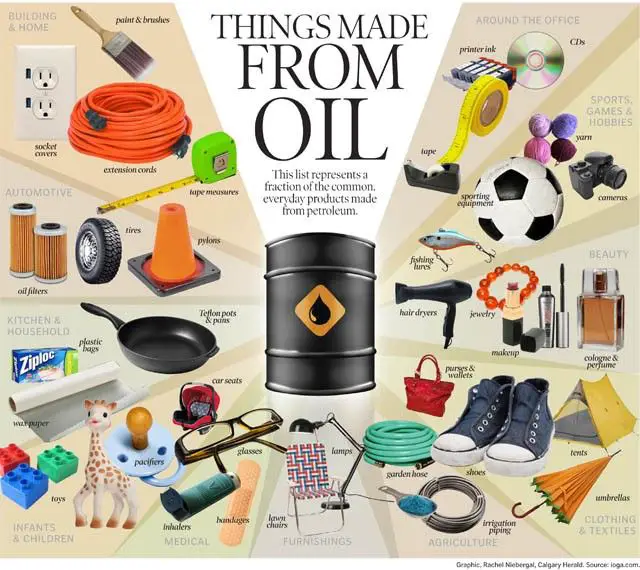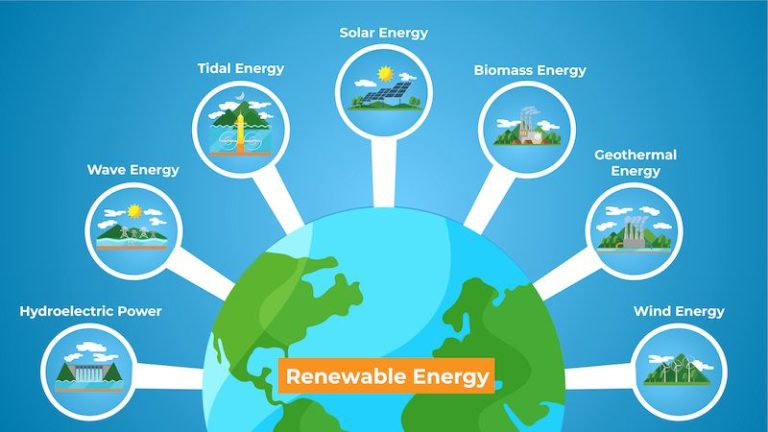Why Is It Not Renewable?
Finite Supply
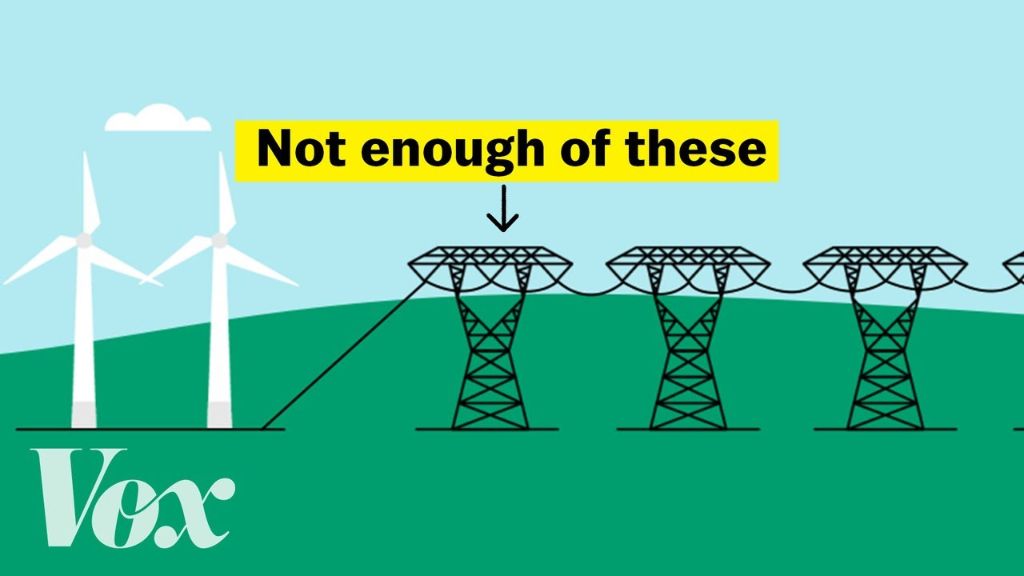
Petroleum, coal, and natural gas are fossil fuels formed over millions of years from the remains of plants and animals. Unlike renewable energy sources like solar, wind, and hydropower, the world’s supply of fossil fuels is finite and nonrenewable on a human time scale.
According to the U.S. Energy Information Administration (EIA), as of 2020 the world had estimated proved reserves of 7,257 trillion cubic feet (Tcf) of natural gas. The EIA estimates there are 57 years of petroleum reserves left and 139 years of coal reserves at current global consumption rates (Our World in Data). While substantial, these reserves are being depleted much faster than new reserves are being discovered.
Once used, fossil fuel reserves cannot be replenished on a human time scale. Rates of usage continue to climb globally, raising concerns over long-term supply sustainability. This makes fossil fuels fundamentally nonrenewable resources.
Formation Process
Fossil fuels form over millions of years from buried organic matter. The process starts with dead plants and organisms like phytoplankton and zooplankton settling on the seabed and getting buried under sediments over time. As more layers build up, pressure and heat transform the organic material. With increased heat and pressure, the organic matter eventually converts into fossil fuels like coal, oil and natural gas.
The full process takes tens or hundreds of millions of years. It starts with sedimentary organic matter getting buried deeper and deeper over time. At depths around 1-2 km, temperatures reach 50-150°C which cooks the organic material slowly. This thermal maturation stage takes millions of years to transform the material into kerogen. Further burial to 2-4 km depth raises temperatures to 150-200°C which cracks the kerogen into oil and gas. Even deeper burial and higher temperatures above 200°C bakes off the volatiles leaving just carbon in the form of coal or anthracite. This full cycle to create coal, oil or gas takes generally tens to hundreds of millions of years.
The specific conditions of heat, pressure, and time determine whether coal, oil or natural gas forms from the original organic material. This very slow process means fossil fuels take an immense amount of time to form, which is why they are considered nonrenewable on human timescales. (1)
(1) http://www.geology.wisc.edu/~chuck/Geo106/lect24.html
Consumption Rates
Fossil fuels like coal, oil, and natural gas take millions of years to form, yet we are extracting and burning them much faster than their rate of formation.
The rate of fossil fuel consumption worldwide has steadily increased over the past decades. According to Our World in Data, global consumption of fossil fuels has risen from about 6 billion tons of oil equivalent in 1971 to over 15 billion tons in 2019, more than doubling in less than 50 years. Fossil fuel consumption per capita has also increased significantly, from 1.2 tons of oil equivalent per person in 1971 to 2 tons per person in 2019.
In contrast, fossil fuels form extremely slowly under very specific conditions. Oil and natural gas can take millions of years to form from organic matter, while coal takes hundreds of millions of years to form from plant matter. At current global consumption rates, fossil fuel reserves are being depleted much faster than new reserves can form to replace them.
This massive difference between the slow pace of fossil fuel formation and their rapid rate of human consumption is why fossil fuels are considered non-renewable. We are using them up far faster than the planet can replenish them.
Exploration Difficulties
As the most easily accessible and high-quality fossil fuel reserves are depleted, new deposits become increasingly difficult to locate and extract. According to the International Monetary Fund, over 50% of global oil reserves are held by OPEC nations, indicating that substantial deposits exist in harder to access regions like the Middle East, North Africa, and Venezuela [1]. Companies must drill deeper wells in remote locations like the Arctic and invest in expensive technologies like shale fracking to tap into remaining reserves. However, these practices carry greater financial, technical, and environmental risks. While global coal reserves could last over 100 years at current consumption rates, the quality and accessibility of deposits is declining. The days of massive yet easy to mine coal seams near the surface are dwindling as companies turn to more complex underground mining. Finding and extracting new fossil fuel reserves requires more capital investment and advanced technologies.
Environmental Damage
Burning fossil fuels like coal, oil, and natural gas releases greenhouse gases like carbon dioxide and methane into the atmosphere. These emissions have caused a dramatic increase in the greenhouse effect, leading to global warming and climate change. According to the Environmental Protection Agency (EPA), the burning of fossil fuels accounted for around 76% of global greenhouse gas emissions in 2017 [1]. The release of these gases traps heat in the atmosphere, increasing global temperatures, melting polar ice caps, raising sea levels, and fundamentally altering weather patterns and ecosystems.
Fossil fuel extraction, transport, and processing also cause significant environmental damage. Mining coal and drilling for oil leads to habitat destruction. Transporting fuels via pipelines and trucks inevitably leads to leaks and spills. Refining fossil fuels requires massive complex facilities that generate hazardous waste. The environmental impacts of fossil fuels demonstrate their fundamentally unsustainable nature as an energy source.
Alternatives Exist
Fossil fuels like oil and gas are limited resources that will eventually be depleted. However, renewable energy sources like solar, wind, geothermal, and hydropower can replace fossil fuels as our primary energy supply. The potential for growth in renewable energy is enormous. For example, solar energy alone could fulfill the world’s electricity demands over 7,000 times (CITE). Other renewables like wind, geothermal, and hydropower also have vast potential to produce electricity cleanly and sustainably.
Transitioning from fossil fuels to renewables can help reduce greenhouse gas emissions and air pollution while creating energy independence and resilience. According to one report, renewable energy could provide over 65% of US electricity by 2050 with the right policies in place. (CITE) Many countries are already making progress in replacing fossil fuel plants with renewable energy infrastructure. With the right investments and policies, it’s clear that renewables can scale up to fully displace fossil fuels worldwide.
Rather than depleting finite resources like oil and gas, renewable energy relies on virtually limitless natural flows like sunlight, wind, and water currents. By utilizing these sustainable resources instead of fossil fuels, humanity can power society indefinitely without harming the planet. The potential exists now for renewable energy to completely transform how we produce and consume energy.
Energy Independence
The use of fossil fuels like oil, coal, and natural gas have made many countries dependent on certain regions or nations for their energy supply. Much of the world’s oil reserves are located in the Middle East, with Saudi Arabia, Iran, Iraq, Kuwait, and other nations controlling over half of global oil reserves according to OPEC data (Key Federal Legislation). This dependence on foreign fossil fuel sources creates energy security risks and can constrain a nation’s foreign policy. Moving towards renewable energy sources like solar, wind, and hydropower could provide countries with greater energy independence and security by relying more on domestic energy production (Solar Panels and Off-Grid Living). While no country is fully energy independent yet, the growth of renewables is allowing many nations to reduce their dependence on imported fossil fuels.
Price Volatility
Fossil fuels like oil and natural gas have experienced substantial price volatility over the years due to their limited and finite nature. As the Roosevelt Institute reports, “Some fossil fuel price volatility comes from the nature of fossil fuels as finite resources buried deep underground, and the associated significant extraction and transportation costs” [1]. With fossil fuel supplies buried unevenly across the world, unexpected disruptions to production, transportation, or refining can lead to large price swings. The Energy Information Administration notes how “Unexpected, prolonged, or severe changes in weather can cause fluctuations in the amount of natural gas that is demanded by end users. Weather changes also can affect production deliverability” [2]. This inherent supply uncertainty contributes to fossil fuel price volatility.
Transition Challenges
Moving from fossil fuel reliance to renewable energy faces significant political and economic hurdles. Much of the global economy has been built around fossil fuel extraction, production and consumption for decades. According to Harris and Roach (2021), fossil fuels supply about 80% of global energy demand as of 2021.
Powerful companies and special interest groups benefit from the status quo of fossil fuel reliance and will resist change to protect their interests. Governments that rely on tax revenue from fossil fuel production may drag their feet on investing in renewable energy infrastructure. According to Boston University (2021), the transition will likely happen gradually over decades rather than rapidly.
There are also economic barriers, as renewable energy has historically had higher upfront costs compared to fossil fuels. However, costs are falling rapidly as technology improves. Public policies such as carbon pricing and renewable energy subsidies will likely accelerate the transition.
The Future
While the energy from fossil fuels may be finite or limited in supply, there is potential for renewable energy sources to meet our needs sustainably into the future. Studies show significant renewable energy potential exists, both in the past and projected into the coming decades. For example, one study estimated historical and future renewable energy potential in Southeastern Europe using modeling, finding substantial untapped potential from sources like solar, wind, and hydropower (https://link.springer.com/chapter/10.1007/978-3-031-26754-3_14). Another analysis by the Bureau of Land Management projected future renewable capacity for solar, wind, and geothermal energy in the Northwestern Plains ecoregion (https://www.sciencebase.gov/catalog/item/5d8106f9e4b0c4f70d057dd7).
While fossil fuels may seem like an easy energy solution now, renewables can provide comparable energy with the right investments and planning. Concerted efforts into renewable technology, infrastructure, and policy can enable these cleaner energy sources to viably satisfy energy demand. The future for renewable energy looks bright if we take the initiative today to transition away from finite fossil fuels.


